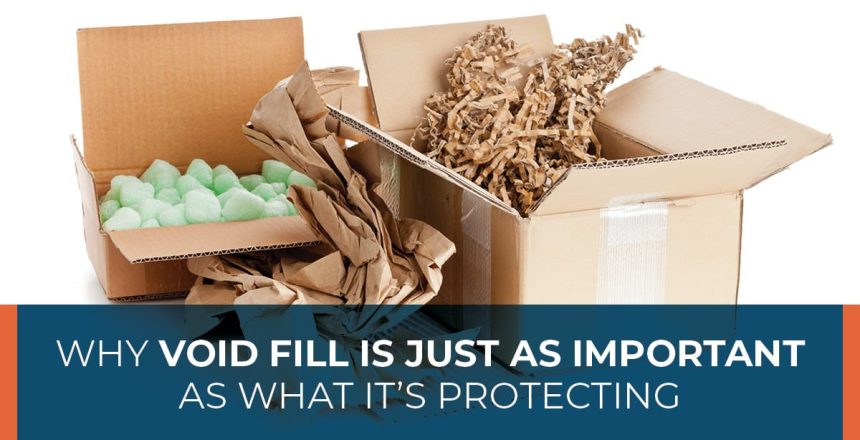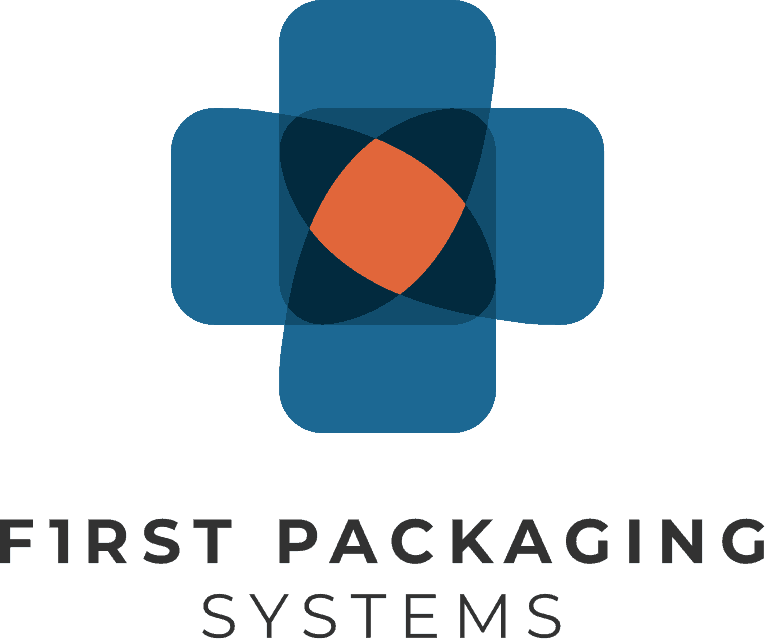You may have designed and developed an exceptional product. You may have excellent individual packaging for the product. Unfortunately, these qualities only mean so much if you aren’t transporting your product safely throughout the storage, shipping, and distribution processes. In most cases, your bulk packaging materials and procedures are just as important as the product itself.
Cushioning and void fill solutions are often overlooked and underappreciated when it comes to packaging. Many manufacturers and packing facilities use whatever is on hand or whatever is cheapest to fill the voids that may be within individual product packages or bulk cases. Peanuts, bubble, crinkle paper—it’s all basically the same, right? You might be surprised at how much thought we give to cushioning and void fill at First Packaging Systems. We know how important it can be to prevent load loss and product damage. We also look at other factors, such as cost-effectiveness and environmental waste impact. We want to consider the entire life cycle of the materials used.
Cushioning and Void Fill Materials
Below are some of the most common types of cushioning and void fill materials we utilize at FPS. Each has its specific advantages and disadvantages worth understanding when selecting what’s best for your packaging system.
Air Bags and Pillows
Plastic air bags and pillows can be cost-effective. They add virtually no weight to the box and provide excellent cushioning. Most are also recyclable. They may not be ideal for long-term storage because the air can slowly leak out of the bags over time. They also might not be recommended for certain ultra-sensitive and fragile products like ceramics or electronics. They can shift a bit more inside the cases, and you may need something more rigid.
Poly Foam
Speaking of fragile items, electronics are commonly packed with poly foam. These sheets offer first-rate product protection and are clean. They are also versatile. They can be form-wrapped around objects and used in between tight gaps to provide an added level of durability. Poly foam sheets are generally waterproof and come in a variety of thicknesses. They may be a more expensive but worthwhile cushioning option.
Loose Fill
Loose fill refers to peanuts. Fortunately, most modern loose fill materials are biodegradable and/or recyclable. They are extremely lightweight and inexpensive. They are terrific for large boxes with more open space. They can reach the awkward gaps other options may not fill as easily, but they can shift during shipping and distribution and tend to leave behind more of a mess.
Paper Fill
Another common void fill and wrapping material is paper. It can be crumpled, provides sufficient cushioning, and fills unusual spaces. It is also affordable and fairly easy to use. It can be somewhat wasteful, however, as most packers use more than they need to, and of course it isn’t waterproof.
Custom Cushioning and Void Fill Solutions
FPS also offers custom cushioning and creative void fill solutions based on your specific packaging needs. Let our experts find the best materials and refine your case-packing techniques. Our goal is to provide the most cost-effective, protective products that minimize waste as much as possible.
To learn more about standard and custom cushioning and void fill solutions from First Packaging Systems, contact us today!


